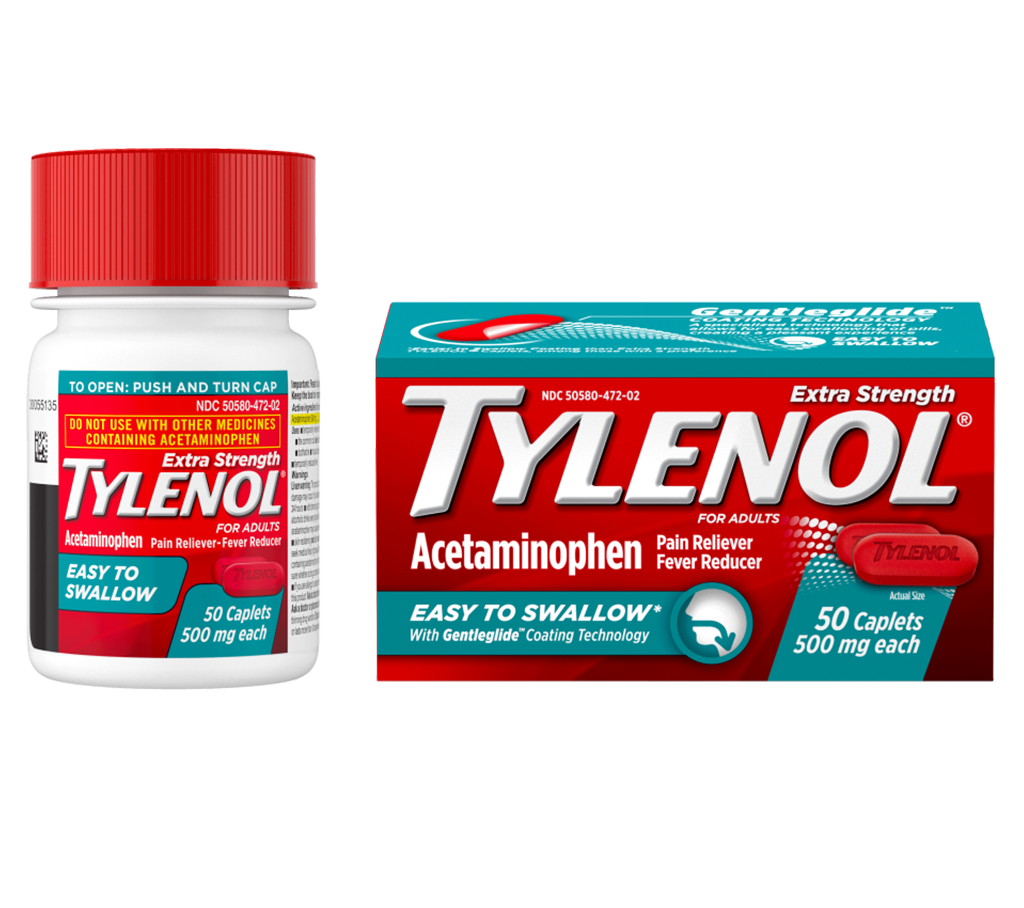What are the symptoms of sesamoiditis?
Sesamoiditis is an inflammation of the sesamoid bones, which are small, round bones embedded within tendons of the foot, particularly in the area of the big toe. The symptoms of sesamoiditis typically include:
- Pain: Pain in the ball of the foot, just beneath the big toe, is the most common symptom. The pain may be sharp, aching, or throbbing and often worsens with activity, especially with walking or running.
- Swelling: Swelling in the area around the sesamoid bones may be noticeable. This swelling can be localized to the underside of the big toe.
- Tenderness: The affected area is usually tender to touch. Pressing on the ball of the foot, especially near the base of the big toe, may elicit discomfort.
- Stiffness: Stiffness in the big toe or difficulty moving the toe may occur, particularly after periods of inactivity.
- Bruising: In some cases, there may be visible bruising or discoloration in the area, although this is less common.
- Pain with Specific Activities: Activities that involve pressure on the forefoot, such as running, jumping, or standing for long periods, can exacerbate the pain.
- Altered Gait: To avoid pain, individuals with sesamoiditis may change their walking pattern or gait, which can lead to additional discomfort or strain in other parts of the foot or leg.
If you suspect sesamoiditis or experience symptoms consistent with the condition, it’s important to consult a healthcare provider for an accurate diagnosis and appropriate treatment plan.
What are the causes of sesamoiditis?
Sesamoiditis is caused by inflammation of the sesamoid bones in the foot, and several factors can contribute to its development:
- Repetitive Stress: Activities that involve repetitive pressure or stress on the forefoot, such as running, jumping, or dancing, can lead to overuse and inflammation of the sesamoid bones.
- Footwear: Wearing ill-fitting or high-heeled shoes that put excessive pressure on the ball of the foot can contribute to the development of sesamoiditis. Shoes that do not provide adequate support or cushioning can exacerbate the condition.
- Foot Structure: Certain foot structures or abnormalities, such as high arches or flat feet, can alter the distribution of pressure on the foot and increase the risk of sesamoiditis.
- Overuse or Training Errors: Sudden increases in physical activity or improper training techniques, particularly in sports or activities that involve high-impact movements, can lead to sesamoiditis.
- Direct Trauma: A direct injury or trauma to the area of the sesamoid bones, such as a fall or impact, can cause inflammation and contribute to sesamoiditis.
- Biomechanical Issues: Abnormalities in gait or foot biomechanics, such as excessive pronation or supination, can lead to increased stress on the sesamoid bones and contribute to inflammation.
- Underlying Conditions: Certain conditions, such as arthritis or tendonitis, may increase the risk of sesamoiditis by affecting the surrounding tissues and increasing stress on the sesamoid bones.
Understanding these causes can help in preventing sesamoiditis and managing its symptoms effectively. If you experience symptoms of sesamoiditis, consulting a healthcare provider can help determine the underlying cause and appropriate treatment.
What is the treatment for sesamoiditis?
The treatment for sesamoiditis typically focuses on relieving symptoms, reducing inflammation, and allowing the affected area to heal. Treatment strategies include:
- Rest and Activity Modification: Avoid activities that exacerbate the pain, such as running or jumping. Resting the foot and reducing high-impact activities can help alleviate symptoms and prevent further irritation.
- Ice Therapy: Applying ice to the affected area can reduce inflammation and numb the pain. Ice should be applied for 15-20 minutes several times a day, especially after activities that aggravate the symptoms.
- Pain Relief: Over-the-counter nonsteroidal anti-inflammatory drugs (NSAIDs), such as ibuprofen or naproxen, can help reduce pain and inflammation. Acetaminophen can be used if NSAIDs are not suitable.
- Footwear Adjustments: Wearing shoes with proper cushioning and support can reduce pressure on the sesamoid bones. Avoiding high heels and opting for well-fitted shoes with a wide toe box can be beneficial. Custom orthotic inserts may also provide additional support and cushioning.
- Padding and Orthotics: Using cushioned pads or orthotic inserts in the shoes can help reduce pressure on the sesamoid bones and provide additional support. These can be purchased over-the-counter or custom-made by a podiatrist.
- Physical Therapy: Physical therapy may be recommended to strengthen the muscles around the foot and improve biomechanics. Stretching and strengthening exercises can help alleviate pain and prevent recurrence.
- Avoiding Overuse: Gradually increasing activity levels and avoiding sudden changes in exercise routines can help prevent further irritation and allow the affected area to heal.
- Medical Interventions: In severe cases or if conservative treatments are not effective, a healthcare provider may recommend additional interventions such as corticosteroid injections to reduce inflammation or, rarely, surgery to remove the sesamoid bone.
- Foot Care: Keeping the feet clean and properly cared for can help prevent infections or complications associated with sesamoiditis.
It’s important to consult a healthcare provider for an accurate diagnosis and personalized treatment plan. They can help determine the most appropriate strategies based on the severity of the condition and individual needs.

Leave a Reply
You must be logged in to post a comment.